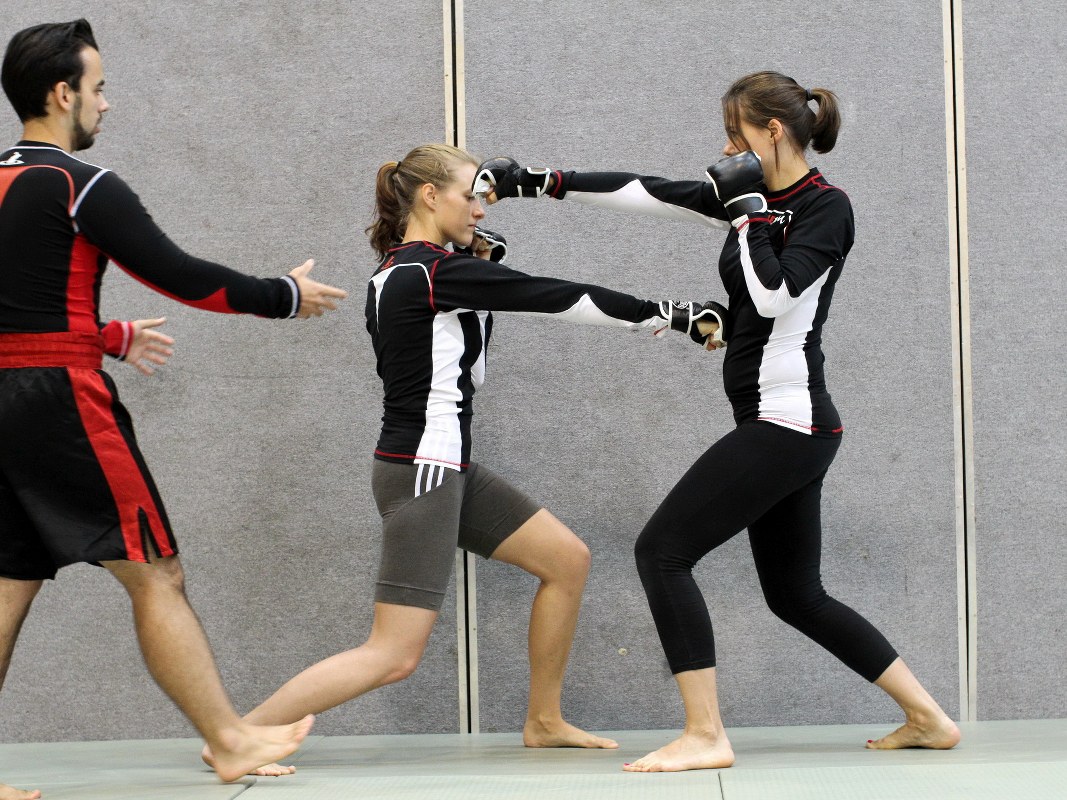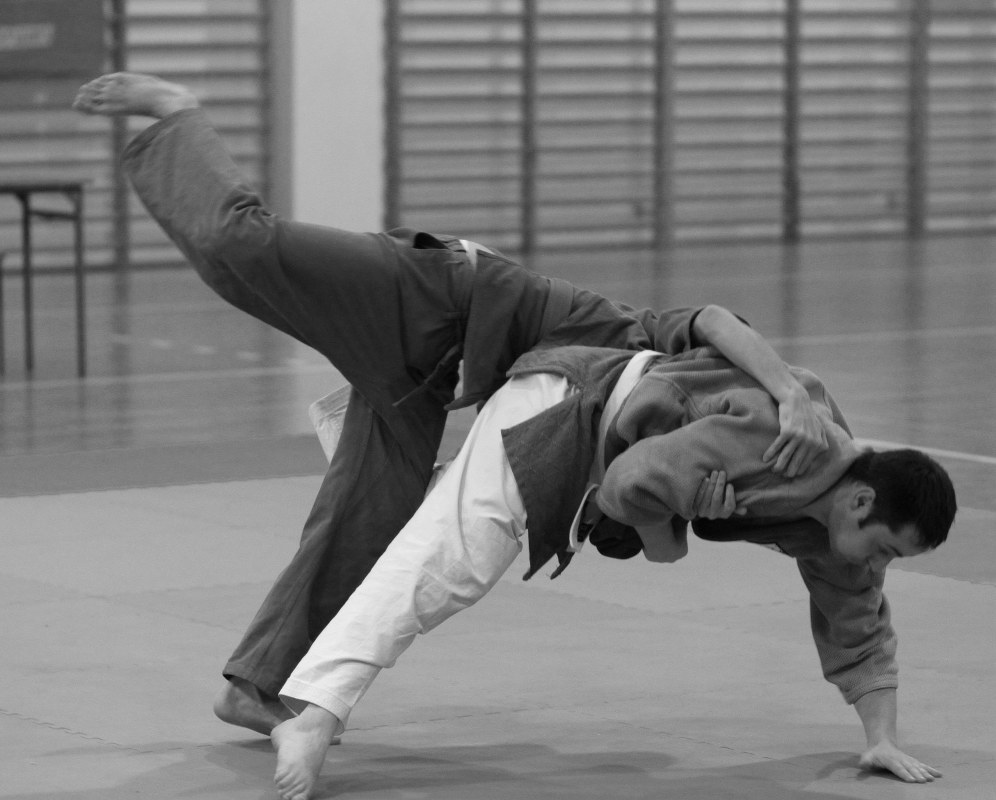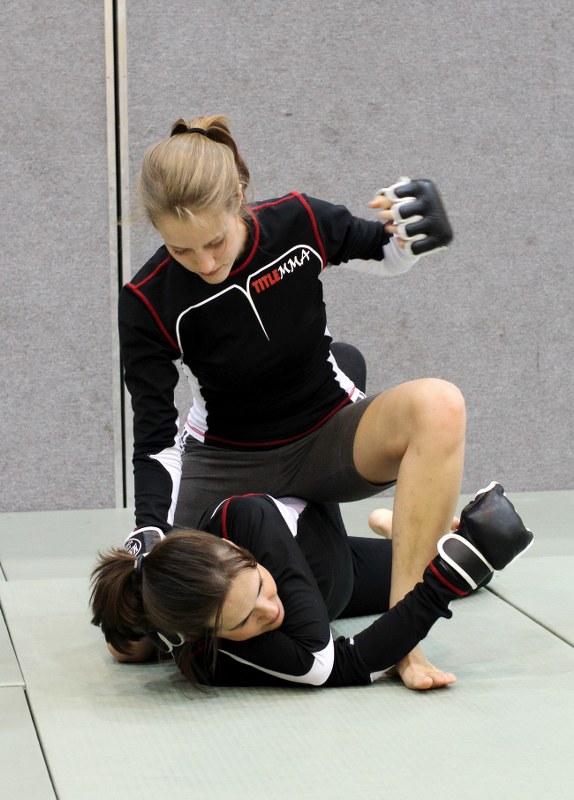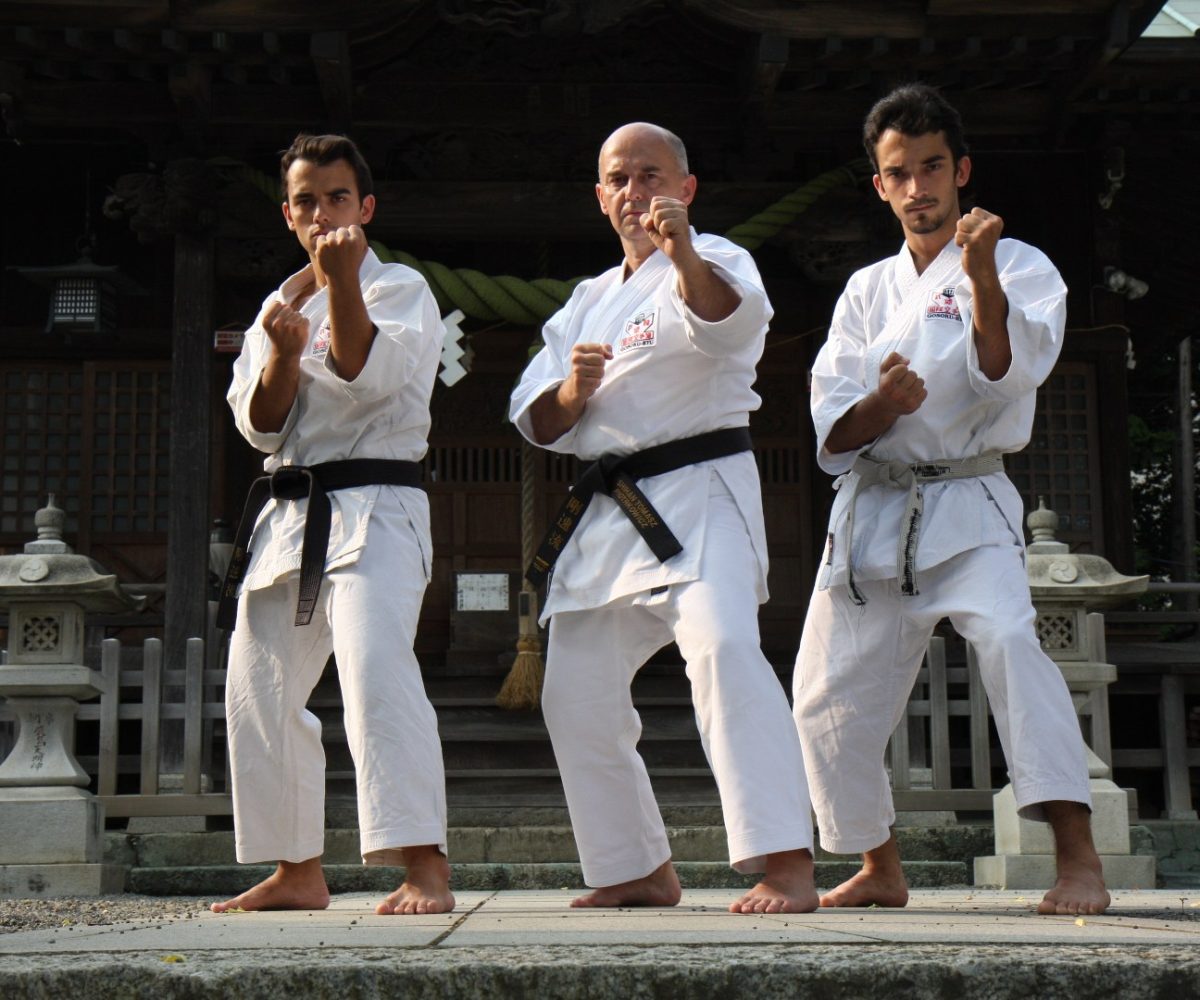Ju-jutsu – 柔術
Taiho-jutsu are incapacitation (overpowering) techniques practiced by the samurai both as hand-to-hand combat and the use of tools. A special case is the defense of unarmed samurai against an armed enemy
Taiho-jutsu practices, also known as tai-jitsu, complemented the samurai martial art of ken-jutsu (fighting with a sword and other weapons). They derive from ju-jutsu (jiu-jitsu) „a gentle, agile martial art”, created by the legendary doctor Akyama. Akyama watched cherry branches broken in winter and seemingly flaccid willow twigs as they bent and knocked the snow to the ground. On this basis, he developed the guiding principle of jiu-jitsu: „dodge to win.” The use of the opponent’s strength, directing it with the appropriate technique of fighting against him is the basis of three great systems of bare-handed combat of Japanese origin: judo, aikido and karate. It is no coincidence that the creators of the modern version of these martial arts: Jigoro Kano, Morihei Ueshiba and Gichin Funakoshi came from samurai families. These first two martial arts: jiu-jitsu and aikido (also aikijutsu) derive from the common trunk of wrestling fighting, from which Japanese wrestling or sumo separated a little earlier. Karate has more Chinese roots, although of course they were practiced in Okinawa primarily by the nobility. Also, samurai from the Satsuma clan after conquering the Ryukyu kingdom came into contact with the martial art of karate. They had to learn its principles, if only in order to defend themselves against it effectively
Jiu-jitsu, or more in Japanese, ju-jutsu means gentle, soft martial art. The first creator was supposedly the legendary doctor Akyama, who examined the human body, also for the possibility of hand-to-hand combat. He observed in winter how cherry branches cracked under the influence of wind and the weight of snow deposited on them, while limp birch twigs bent only in the wind, and snow slid off them. Jiu-jitsu practiced samurai as a complement to weapon fighting skills. Depending on the style, the techniques of throws, undercuts, levers, holds or strikes dominated. The original path was taken by the Shinkage-ryu Jujutsu schools, where hand-to-hand combat was also fought in samurai armor. Grappling in samurai armor was called yoroi kumi uchi. A separate skill was the art of tying up an overpowered opponent and using tools such as yawara (short baton). He formulated and implemented the principle of „bend to win”. Jiu-jitsu is famous for using the strength of the attacker to defend itself during combat. Redirecting this force, throwing the enemy out of balance and skillfully knocking him to the ground is the domain of jiu-jitsu and sport, which from this martial art arose under the name of judo (the way of agility). Jujitsu techniques consist of grips (kumi), throws (nage), holds (osae), levers (kansetsu), chokes (shime), pressure on vital points (kyusho), punches (uchi) and kicks (keri).






With the fall of the samurai era, all Japanese martial arts, including jiu-jitsu, experienced a crisis. Jigoro Kano (1860 – 1938) collected the techniques of various schools, eliminated the dangerous and ineffective according to him, and transformed the art of jiujitsu into a new method of training and a new sport, called judo. Judo has been an Olympic sport since the 1964 Tokyo Olympics. The Mecca of judokas from all over the world is the Kodokan in Tokyo, which was visited by shihan Tomasz Piotrkowicz with his sons first time in 2008. Shihan Piotrkowicz began independent jiu-jitsu training in 1970 based on books – textbooks from Germany, training with two colleagues practicing judo and one practicing wrestling. Two years later, he became fascinated with karate, abandoning jiu-jitsu for many years. During many years of activity in the field of karate, he also met masters practicing jiu-jitsu, judo or aikido and incorporating these techniques into their martial arts schools, such as Okuyama (karate and judo), Obata (shinkendo and aikido), Kubota (karate and jiujitsu).


